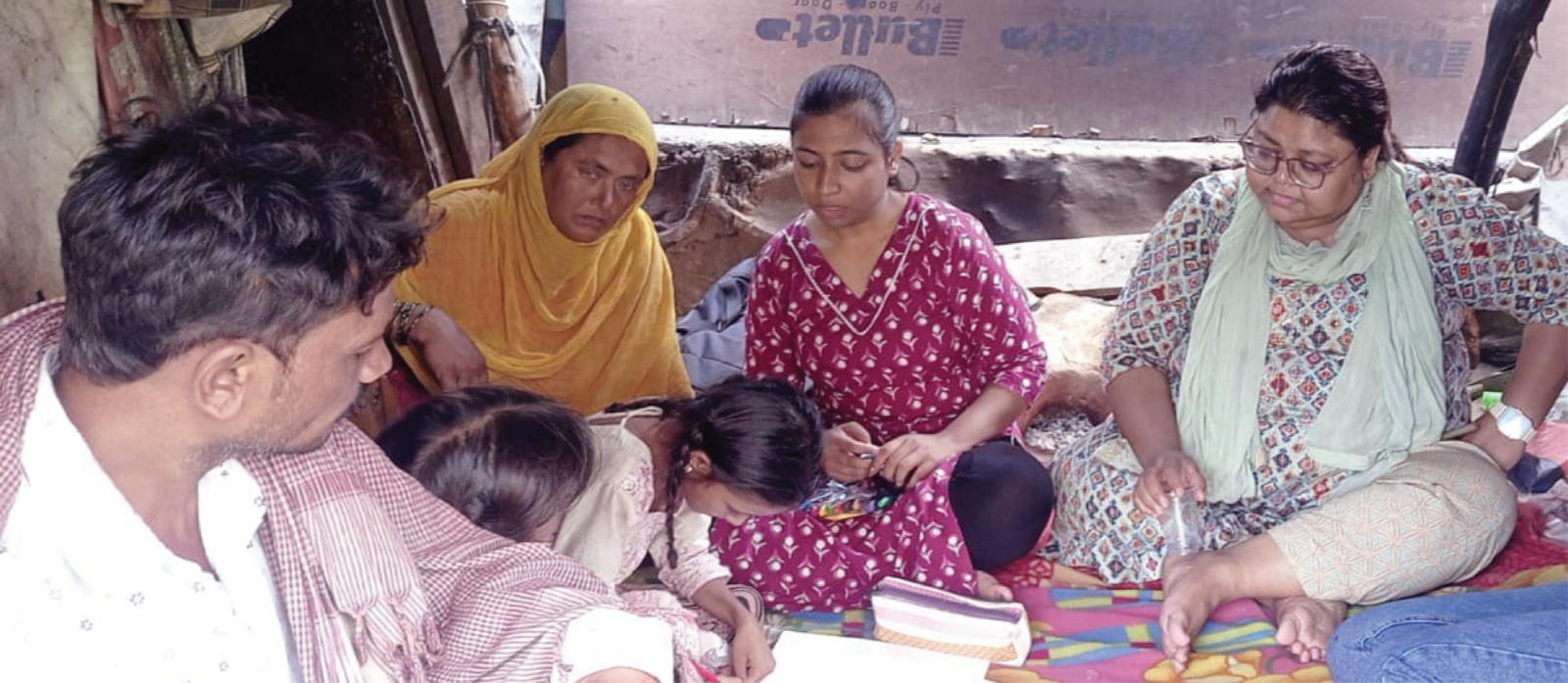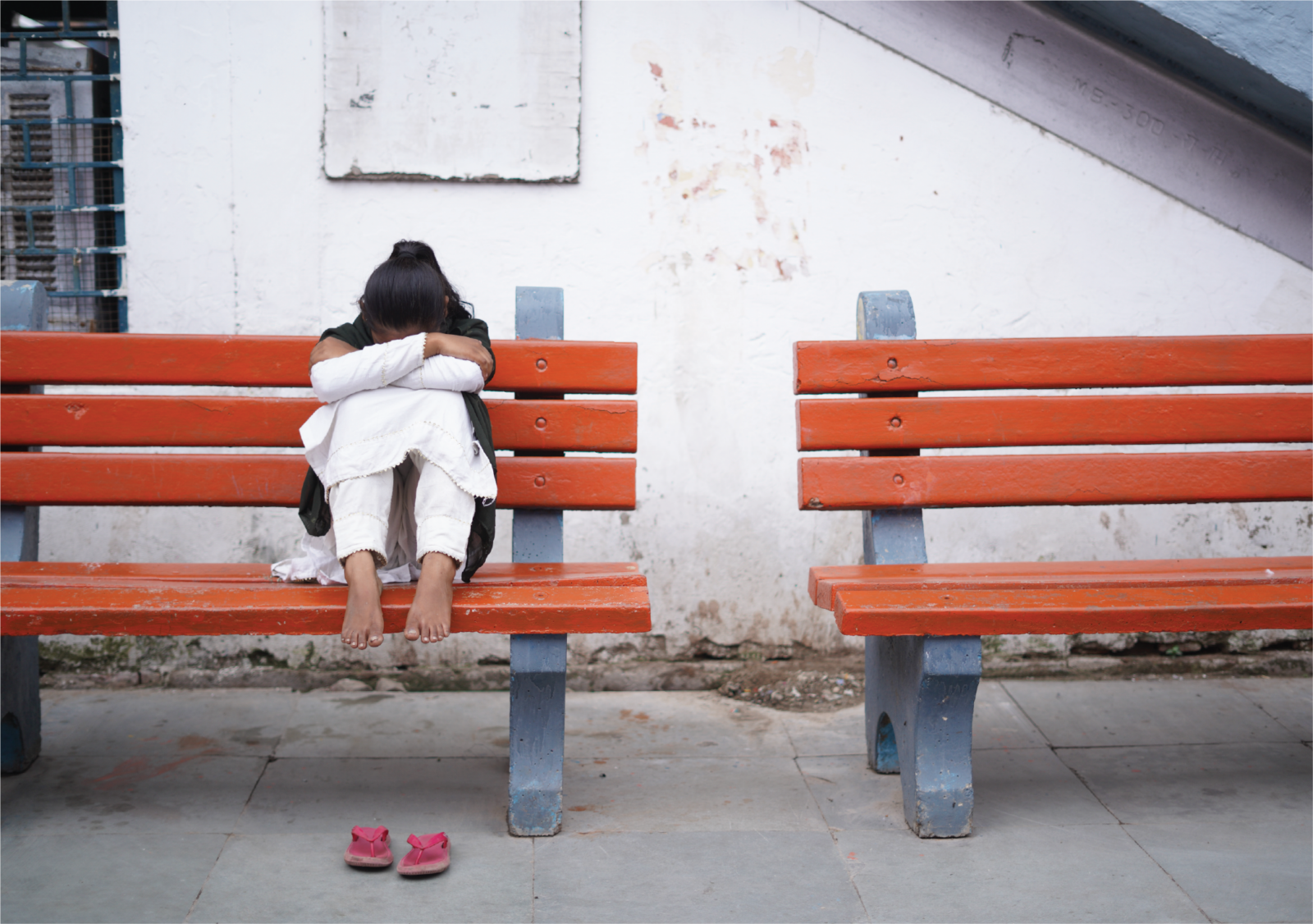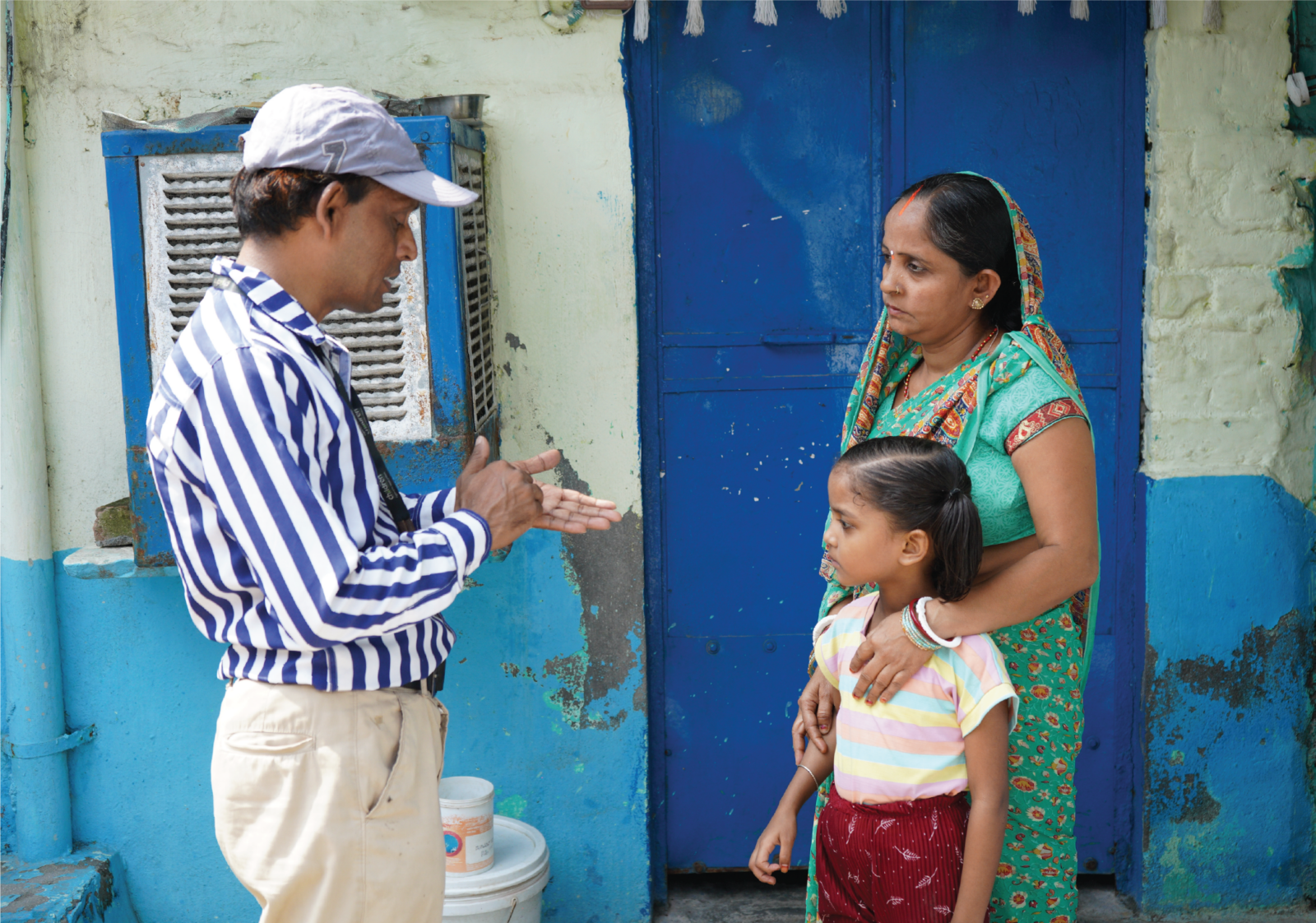At the heart of Railway Children India’s (RCI) work is the commitment to not only protect children but also to understand why they leave—and how to bring them back safely and meaningfully. With Family Reintegration, we have charted a path that helps us arrive at the root cause of the frequent separation between parents and children and execute a care plan that aims to strengthen the familial bond and prevent future separations. In this candid conversation with Ms Nida Zamani Siddique, Manager of Family Reintegration and Child Safeguarding at RCI, we explore the reasons children separate from their families and the powerful steps RCI takes to reunite them.
1. Why do children separate from family? What are the trends you have observed?
Over the past year, we have observed a growing number of children separating from their families due to relationship breakdowns. One of the most common reasons is that children feel unheard and emotionally neglected. Many parents, often unintentionally, become too caught up in work or daily stressors and are unaware of the emotional time and attention their children need. This disconnect between parents and children is the foremost reason why children feel isolated and undervalued.
Secondly, abuse—be it verbal or physical—is a key reason why children feel the need to leave their homes and separate from their parents. This abuse looks different in different households. In some homes we see children being burdened with excessive domestic chores, while in others we observe harsh discipline. Undeniably, economic stress is a big contributing factor. In families struggling to make ends meet, children are expected to contribute to the household income, either through work or by taking over responsibilities at home. Soon this pressure becomes crippling for children, and we see it results in school dropouts or children running away in search of freedom or income.
But adolescents make up a large chunk of these cases. Their age brings confusion, emotional turmoil, bodily changes, and peer pressure, but when parents are unable to understand or support them through this phase, they seek refuge outside the home.
Lastly, there are some children with tendencies to leave home. Now, this could be for several reasons—right from single parents not being able to provide adequate support to children enjoying the “freedom” of the outside world.
2. What is Railway Children India’s approach to reuniting families and keeping them from separating?
There’s a curative approach and a preventative approach. Once a child is protected at a transport terminal, we take the curative approach with Family Reintegration. For families in the communities of Delhi and Ghaziabad, we follow the preventative approach.
3. Tell us about the Family Reintegration process in detail.
This process begins immediately after a child is protected at the transport terminal. The first step is identifying and tracing their family. While the restoration process begins, the child’s situation is assessed for vulnerability—categorised as low, moderate, or high.
Low-vulnerability cases usually involve no immediate risks. These are followed up with regular phone calls and in-person visits.
Moderate to high vulnerability requires more intensive intervention.
Here, we begin with rapport building. This step can last anywhere between 2 to 6 visits, and the goal of this step is to listen to the child and their family, understand their situation, and identify root causes of conflict or separation. Rapport building helps our caseworkers identify our focus area of work with the family.
After we gain sufficient insights from the initial rapport-building exercise, our team reassesses the family’s vulnerability to set goals with the help of the Family Integration and Care Plan. Implementing this plan with the family’s active participation can take anywhere between 6-9 months in the case of moderate vulnerability and 9-12 months in the case of high vulnerability.
The Family Care Plan spans 7 focus areas, including child protection, family relationships, emotional well-being, livelihood, and education. For example, families might receive livelihood support like ration kits or vocational referrals, while children may be enrolled in vocational training or provided with emotional support guidance. The reintegration process is also child- and family-centric. It includes joint activities, discussions, and tools like the communication exercise—where a child instructs their parent to draw a picture—and family tree exercises, which help rebuild emotional connection by exploring roots, achievements, and family history.
4. What are the key activities we undertake at the community level to prevent children from being separated from their families?
In the communities, we approach preventative measures in a multi-pronged manner, beginning with life skills sessions for children and group discussions with parents on critical child protection issues. These sessions touch on topics such as child marriage, sexual abuse, online safety, and adolescent mental health. We also identify “red zone” families—where warning signs like school dropouts, untreated illnesses, or physical abuse are observed. These families are closely monitored and actively engaged through sessions with the child and family, referrals, and livelihood linkages such as vocational training.
5. Can you share a success story where Railway Children India’s work helped bring a family back together through the Family Integration Care Plan?
Yes, one case stands out vividly. Our outreach team protected a child at a railway station, after which we began the Family Reintegration process with him and his family. Here we learnt that his mother had recently passed away due to illness, and the family—consisting of the father and three sons—was struggling emotionally.
The father, still grieving, buried himself in work and was unable to meet his children’s emotional needs. As a result, the boys, especially the middle one, began spending more time outside, influenced by peers and feeling neglected. The younger brother dropped out of school and was burdened with household responsibilities.
Despite initial attempts at reintegration, the child left home again. Recognising the emotional disconnect, RCI invited the family to the Residential Family Camp. Here, something remarkable happened.
The elder son performed a dance during one of the sessions—something his father had never seen him do—but the son shared that this was his first performance after the passing of his mother. That moment sparked a shift in their relationship, helping the father truly see and appreciate his son. Since then, the father has made a conscious effort to spend more time with his children.
As a further show of support, RCI provided ration support to help stabilise the household and enrolled the middle child in a computer course while they awaited admission into the National Open School. The boy is now doing well, and the progress reports from the centre show a steady improvement—a testament to what patient, targeted support can achieve.







